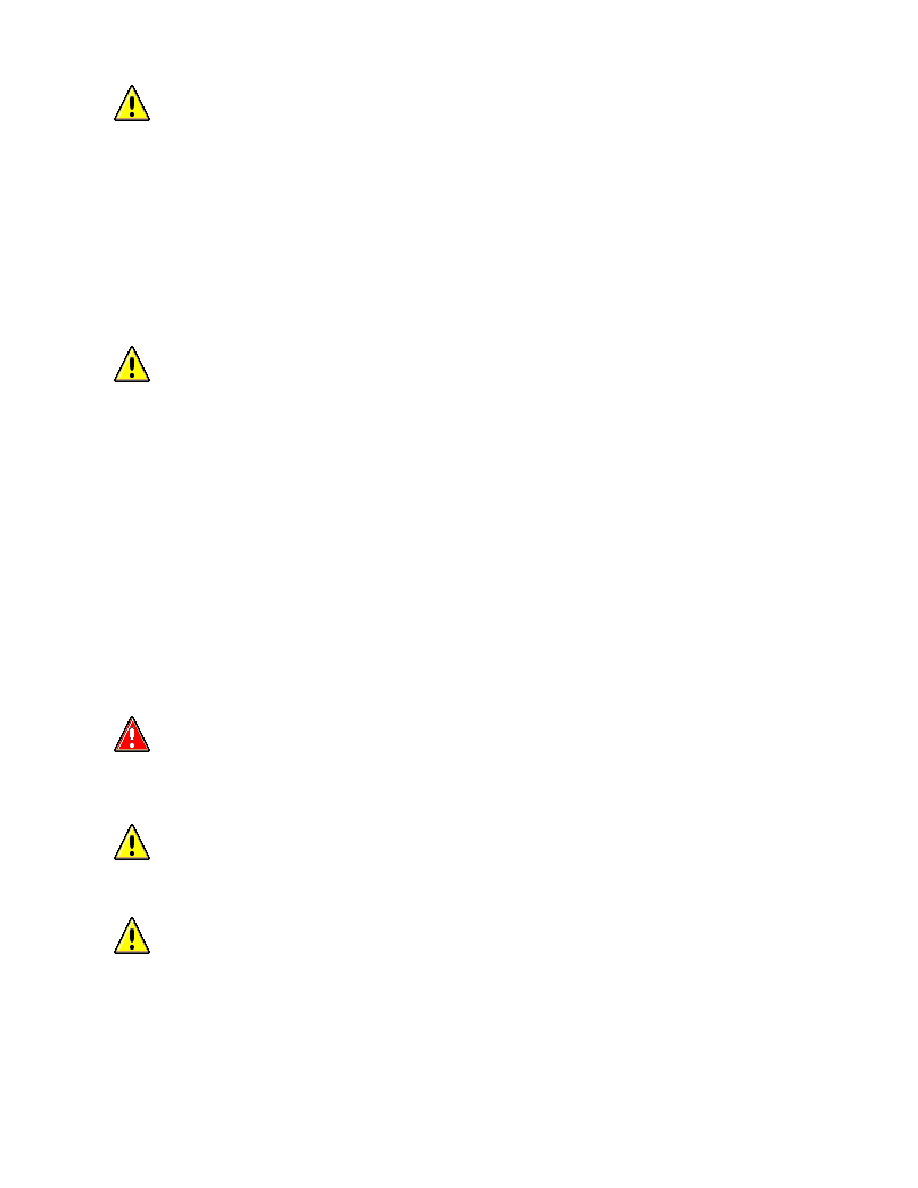LR3/Disco 3

When replacing components in the system, drain the refrigerant oil from the component being replaced into a graduated
container. On assembly, add the quantity of refrigerant oil drained to the new component - See Compressor Replacement
in this Section.
A/C Compressor
A new compressor is sealed and pressurised with Nitrogen gas. When fitting a new compressor, slowly release the
sealing cap; gas pressure should be heard to vent as the seal is broken.
Rapid refrigerant discharge
If the A/C system is damaged as a result of an accident and the system is punctured, the refrigerant will discharge rapidly.
The rapid discharge of refrigerant will also result in the loss of most of the oil from the system. The compressor must be
removed and all the remaining oil in the compressor drained and refilled as instructed in the air conditioning section of this
manual.
Precautions for refrigerant recovery, recycling and recharging
When the A/C system is recharged, any existing refrigerant is first recovered from the system and recycled. The system is
then charged with the required weight of refrigerant and volume of refrigerant oil.
A/C Compressor Replacement
A new compressor is supplied filled with a full charge (X cm³) of refrigerant oil.
CAUTION: Refrigerant oil (ND-8 PAG) easily absorbs water and must not be stored for long periods. Do
not pour unused refrigerant oil back into the container. Always use an approved refrigerant oil.
CAUTION: A new compressor should always be sealed and could be pressurised with nitrogen gas. To
avoid possible oil loss, release the sealing cap(s) slowly. Do not remove the cap(s) until immediately prior to
connecting the pipes to the compressor.
WARNING: Refrigerant must always be recycled before re-use to ensure that the purity of the refrigerant
is high enough for safe use in the system. Recycling should always be carried out with equipment which is
design certified by Underwriter Laboratory Inc. for compliance with SAE J1991. Other equipment may not
recycle refrigerant to the required level of purity.
CAUTION: A R134a Refrigerant Recovery Recycling Recharging Station must not be used with any other
type of refrigerant. Refrigerant R134a from domestic and commercial sources must not be used in motor vehicle
systems.
CAUTION: The system must be evacuated immediately before recharging commences. Delay between
evacuation and recharging is not permitted.
